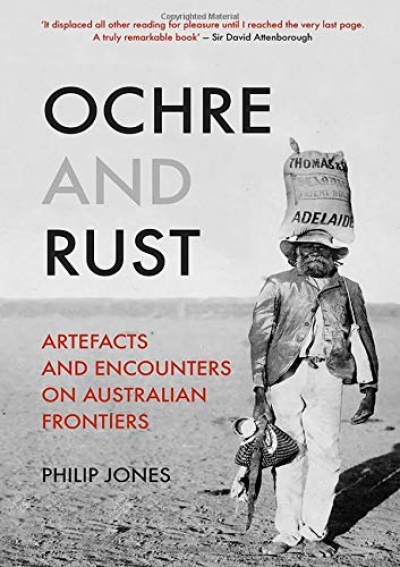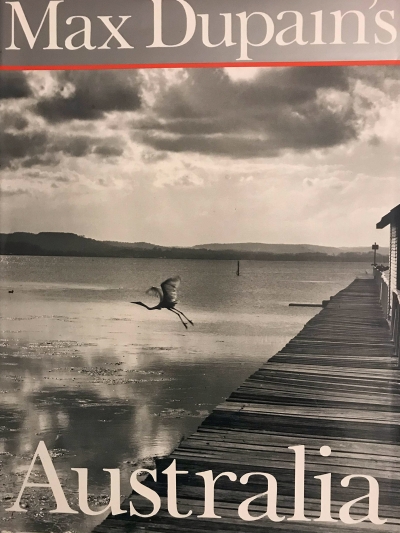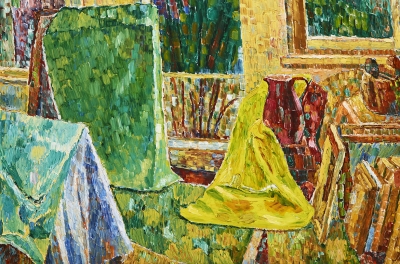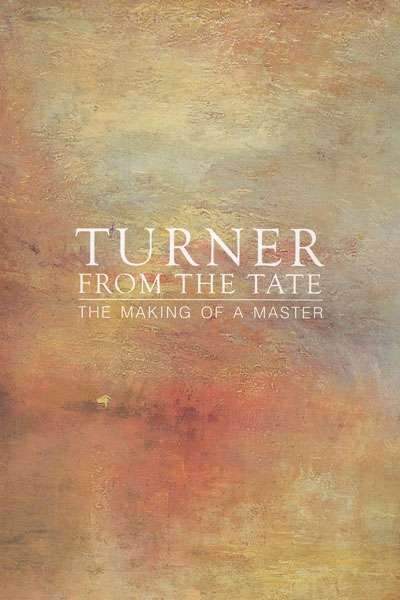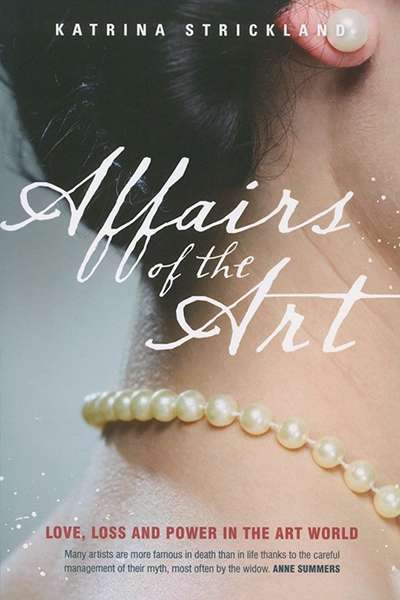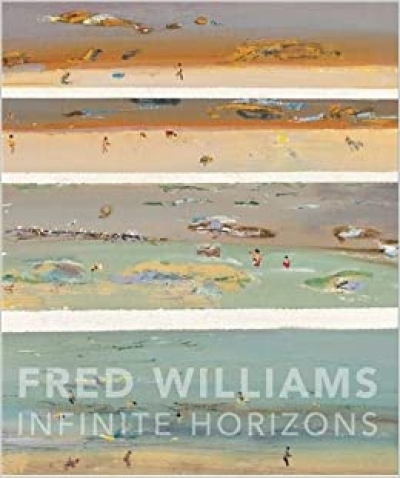Mary Eagle
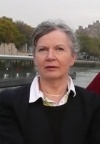
Mary Eagle is an art historian, with additional experience as an art critic and art curator. She is former Head of Australian Art at the National Gallery of Australia, is a Harold White fellow at the National Library of Australia, and is currently writing about the life and work of the Anglo-American artist Augustus Earle (1793–1838).
Behind Philip Jones’s Ochre and Rust: Artefacts and encounters on Australian frontiers are many books about the interaction of settlers and indigenes. Writers relevant to this book include the museum curator Aldo Massola (writing in the 1960s and 1970s) and retired archaeologist John Mulvaney (writing in the 1980s and 1990s). Massola brought out objects and archival material from the Museum of V ... (read more)
One of the characters in Stephen Spender’s novel The Temple, written in the early 1930s, is a young German photographer. They met in Hamburg in 1929. Spender, a university student just discovering the autobiographical bent of his own inspiration, observed that his friend’s attitude was very different. Instead of wanting to preserve the sensuality of the moment in monumental form, the German ph ... (read more)
The traits women are encouraged to develop nowadays, such as outwardness, attitude, assertiveness, and professionalism, did not characterise Grace Cossington Smith (1892–1984). Family snapshots showed the young woman with tousled hair, guileless face, and buck-toothed smile: a neat-figured, long-skirted Edwardian tomboy after the style of Australian heroines in novels by Ethel Turner and Mary Gr ... (read more)
The cover assembles the book’s title and author’s name (writ very large) with a photograph of him, in an art gallery, before a wide yellow landscape by Fred Williams. Turning to the viewer, Patrick McCaughey is about to launch into a story that will satisfy the curiosity teased by the name of the book, Strange Country: Why Australian Painting Matters.
I first encountered Patrick in the early ... (read more)
Turner posed a conundrum when he withheld nothing from his bequest to the nation. On the positive side, the unsorted contents gave room to later, highly flattering interpretations of Turner, which a collection pruned to the taste of the Victorians would not have supported. On the downside, the digestive processes of posterity took Turner away from his roots in England between 1775 and 1851. In the ... (read more)
What happens when a famous artist dies, leaving a wife, husband, or children to tend the flame? The question recurs in Ian Hamilton’s spellbinding Keepers of the Flame (1992), an account of a dozen literary estates over a period of three hundred years, and remains suspended in this journalistic assessment by Katrina Strickland of the management of Australian art estates in our own time.
I ... (read more)
The writers of two books about Fred Williams published in the 1980s, Patrick McCaughey and James Mollison, were friends of the artist, and involved with him in their roles as art critic/historian and gallery director. Their respect for Williams led them to write against the grain of their usual modes. Mollison, professionally always on the knife-edge of making judgement, held back, exploring with ... (read more)
This is the second major retrospective of the art of Eugene von Guérard (1811–1901). In 1980 he was seen as Nature-inspired, like the German Romantics and the Humboldtian visionaries Frederick Church and Thomas Moran (American painters of von Guérard’s own generation). This time, the viewpoint is science.
... (read more)


